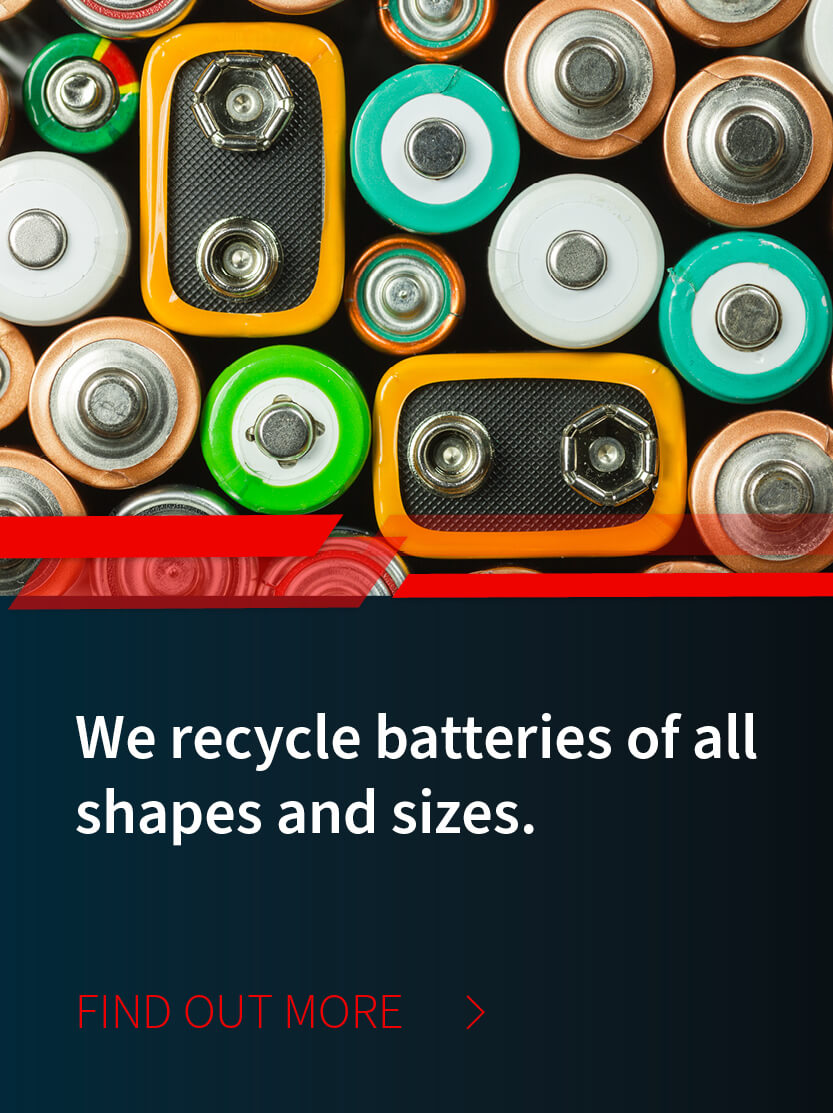
/ IN THIS BLOG
01 / Hazardous Waste Contingency Plans: What Your Kentucky Manufacturer Needs to Know
Lighting requirements across business, medicine, and industry are manifold and complicated. Hospital operatories and treatment rooms demand high-quality light with specific characteristics.
So do industrial workspaces, where ambient light must be sufficient for task completion, but not so bright as to be visually fatiguing. And then there are circulation spaces: the waiting rooms, hallways, and other spaces that accommodate human traffic—requiring a kinder, gentler light.
Human-factor lighting characteristics that electrical engineers must factor into their designs include but are in no means limited to:
Illuminance—the amount of light (aka lighting level), measured in lux or footcandles
Color rendering index—how well or realistically the artificial light shows the true color of people & objects, represented by a percent (the greater the better)
Color temperature—a way of measuring the color of an artificial light, expressed in degrees Kelvin (because it’s correlated to the color of a piece of steel heated to thousands of degrees)
Given these requisites, it’s no mystery why commercial & industrial enterprises are major consumers of fluorescent lighting—both tubes and CFLs—and why tube hazardous waste disposal and/or recycling is a major operational concern for their maintenance & engineering departments.
02 / Mercury pollution and the need for fluorescent tube disposal & recycling
Fluorescent lamps emit light by ionizing mercury vapor in a glass tube. This induces ultraviolet light that becomes visible when it contacts a phosphor coating on the tube’s inside, thereby rendering the bright—albeit harsh—light we associate with fluorescent tubes.
The environmental problem this poses has to do mainly with mercury, which while moderately toxic in liquid form, becomes extremely noxious in its gaseous state, as it’s easily respired by the human body, entering the bloodstream to contaminate any number of organs.
Such toxicity has encouraged ever-increasing levels of legislation and regulation at federal, state, and local levels. Among them are stricter product-labeling requirements; sale prohibitions on certain products containing mercury; and in many jurisdictions, outright bans on mercury disposal, along with mandates for mercury recycling.
03 / EPA federal requirements for fluorescent tube disposal & recycling
Spent tubes containing mercury are regulated as hazardous waste by the EPA. As we often counsel: The Resource Conservation and Recovery Act (RCRA) stipulates that any entity that generates a hazardous waste is legally responsible for it—from the metaphorical “cradle-to-grave.”
This includes not only your onsite management of a hazardous waste; but also its subsequent transportation to a properly “permitted” or licensed offsite storage, treatment, or hazardous waste disposal facility.
In other words, once you’ve generated a hazardous material, there’s no way to rid yourself of complete legal responsibility for it—from the metaphorical “cradle-to-grave.”
Don’t take chances. Get expert advice.
04 / Local regulations for fluorescent tube disposal & recycling are often more stringent
Complicating matters, state and local regulations about hazardous waste disposal are often more stringent than those imposed by the EPA. For example, as of this writing, California, Maine, Massachusetts, Minnesota, New Hampshire, Vermont, and Washington completely proscribe mercury‑containing tubes from being discarded into landfills.
You can get an update about your own locality here.
05 / Converting from fluorescent tubes to LEDs requires a hazardous waste disposal plan
LEDs produce light by passing the electric current through a semiconducting material, causing it to emit photons (aka light). Besides containing no mercury, they offer a number of benefits relative to fluorescent tubes. Primary among them:
LED lamp-life is significantly longer than for fluorescent tubes. Wherein new LEDs can last from 50,000 up to 100,000 hours or more (roughly six to 11 years), the lifespan for a typical fluorescent tube is about ten to 25 percent of that (about 10,000 hours or a little over a year).
LEDs are directional, emitting all their light downward within 180 degrees, minimizing energy loss from the need to redirect or reflect light. In contrast, fluorescent tubes are omnidirectional, emitting light over 360 degrees. Thus, fully one‑half of the illumination needs to be reflected downward from the fixture, requiring it to be more complicated & expensive, and effectively wasting light & energy
These relative advantages can lower your energy, capital, and maintenance costs while providing better light. But if you undertake a complete conversion to LEDs across your entire facility, then you’ll need an environmentally-sensitive plan for discarding or recycling what can amount to hundreds or thousands of “retired” fluorescent tubes.
Don’t go it alone. Get expert advice here.
06 / Where to recycle fluorescent tubes near me
Finding where to recycle fluorescent tubes or lightbulbs needn’t be difficult.
The ubiquity of fluorescent tubes across business & industry—especially when considered against public opinion and the regulatory climate—exacerbates the need to work with a reputable environmental services provider. Consider:
- As with all facets of hazardous waste management, federal, state, and local mandates concerning fluorescent-tube disposal tend to grow stricter over time. Thereby, they require constant monitoring, as they might be more onerous tomorrow.
- Also, the financial decision between recycling vs. disposing of fluorescent tubes must be made with geographical considerations in mind. In some jurisdictions, per the UWR, fluorescent tubes are a universal waste that can be dropped off at a universal waste handler. Doing so might make better economic sense than recycling, especially since mercury pollution attributable to fluorescent tubes is actually quite negligible. (See Scientific American)
Both these requirements (1 & 2) are managerial & operational distractions for most businesses, increasing the probability of “innocent” mismanagement, which might nonetheless be criminally prosecuted by one or another federal, state, or local bureaucracy.
Conversely, monitoring ever-changing “green earth" edicts & mandates is central to the business of a reputable environmental services provider. That’s what they do. One can help you establish a fluorescent-tube disposal or recycling program that will keep you safely in compliance.
07 / Why choose MCF as your universal waste recycling provider?
When it comes to fluorescent tube disposal or recycling, you need an environmental services partner with a solid history of providing safe, efficient, and compliant hazardous waste disposal. And considering the complications inherent in hazardous waste management, that company should also offer an indemnification provision to protect you from financial liability in case something goes wrong.
Control your risks
Seek a comprehensive provider for universal recycling, i.e. one that won’t broker or subcontract any portion of your disposal process to another company, but instead manages the process from start to finish on your behalf.
Contact us today. And thank you for reading our blog.
Robert Losurdo
President, COO








